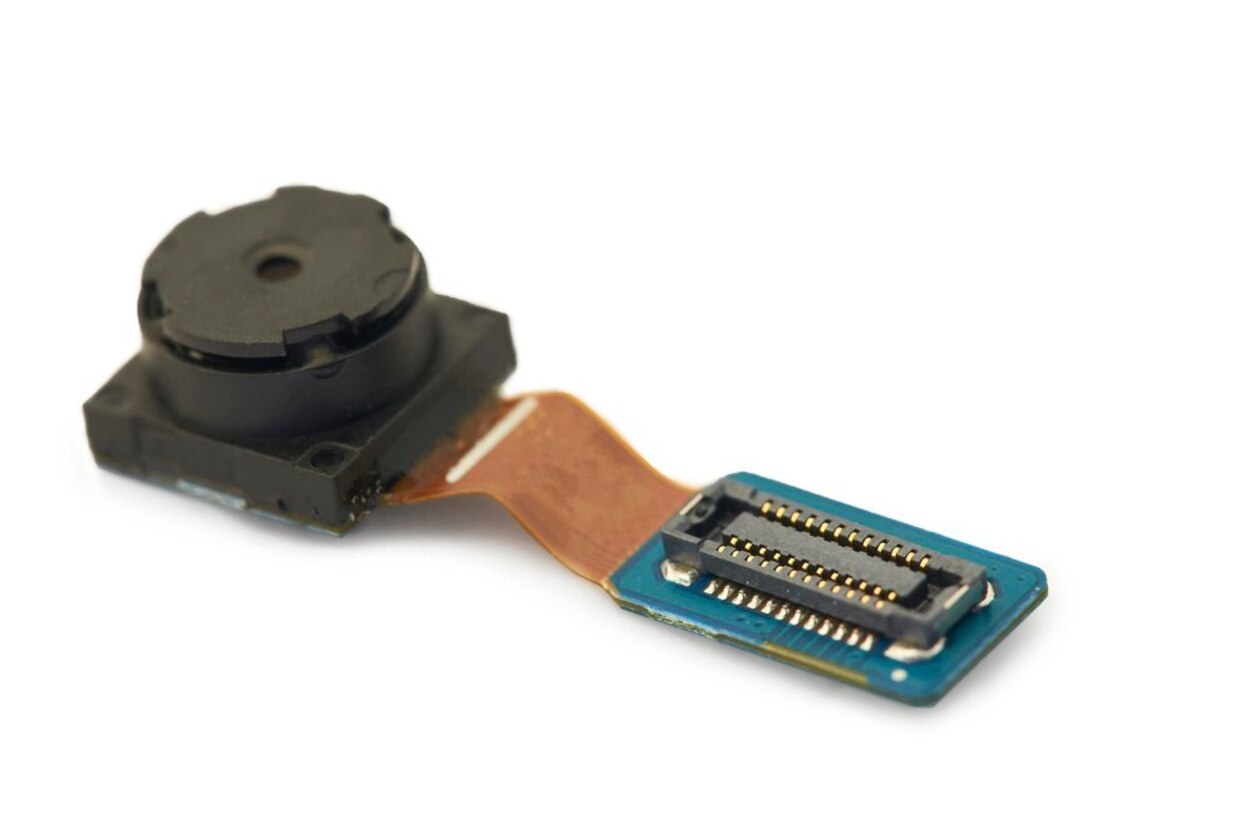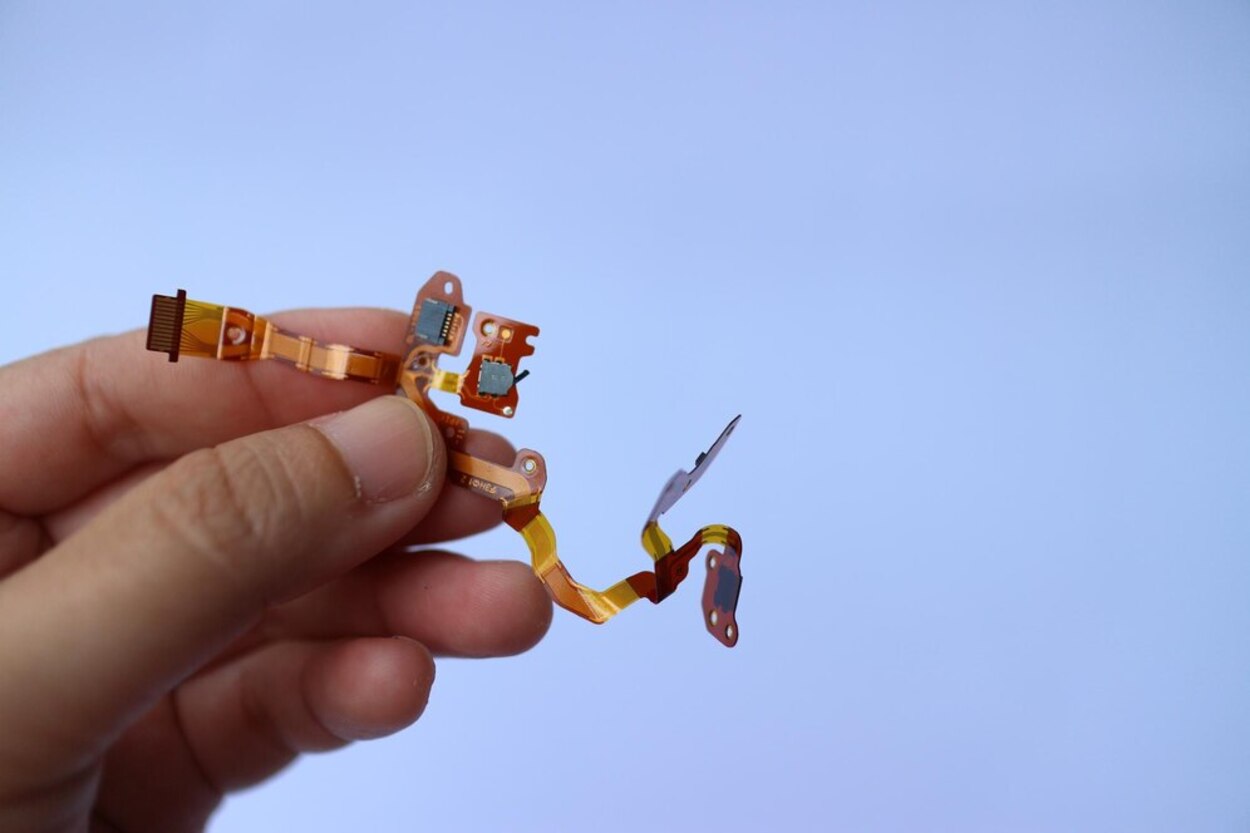The Era of Flexible Electronics: Innovations Shaping the Hardware of Tomorrow

Flexible electronics represent a groundbreaking shift in hardware design, enabling the creation of bendable, foldable, and stretchable devices. What was once considered science fiction is now becoming mainstream, revolutionizing industries from healthcare to automotive. According to MarketsandMarkets, the flexible electronics market is projected to reach $48 billion by 2027, growing at an impressive compound annual growth rate (CAGR) of 8.8% from 2022.
Understanding Flexible Electronics
Flexible electronics are electronic circuits placed on flexible substrates such as plastics, metal foils, paper, or textiles. Unlike traditional rigid PCBs, these circuits maintain functionality despite bending, twisting, and stretching, expanding their potential applications exponentially.
Key Technologies Driving Flexible Electronics
| Technology | Description | Applications |
| Organic LEDs (OLED) | Thin, flexible displays offering high contrast and energy efficiency | Smartphones, wearables, foldable TVs |
| Printed Sensors | Sensors printed directly onto flexible substrates | Health monitoring patches, IoT devices |
| Conductive Inks | Inks enabling printed electronic circuits | Smart packaging, RFID tags, biosensors |
| Flexible Batteries | Bendable, lightweight energy storage | Wearables, medical implants, IoT gadgets |
Applications of Flexible Electronics Across Industries
Healthcare and Medical Innovations
Flexible electronics are dramatically transforming healthcare:
- Wearable health patches offering continuous monitoring with accuracy rates matching hospital-grade equipment (up to 95% accuracy, as reported by the American Heart Association).
- Comfortable, adaptive medical implants reducing patient discomfort and rejection rates.
According to the World Health Organization, flexible wearable devices could reduce hospital visits for chronic disease patients by up to 20% within the next five years.
Consumer Electronics Evolution
The consumer electronics industry benefits significantly from flexible electronics:
- Foldable and rollable devices such as the Samsung Galaxy Z Fold and the LG Rollable TV.
- Smart clothing and fitness trackers that seamlessly integrate into daily life.
Statista predicts foldable smartphones will capture around 15% of the global smartphone market by 2026, illustrating substantial consumer interest.

Industrial Automation and IoT Integration
Flexible sensors and RFID tags enhance industrial efficiency:
- Real-time asset tracking, inventory management, and predictive maintenance capabilities.
- Deloitte reports that approximately 30% of manufacturing companies are expected to implement flexible sensor technologies by 2027, significantly improving operational efficiency.
Automotive Industry Enhancements
The automotive sector is increasingly adopting flexible electronics:
- Innovative touch-sensitive control panels and immersive OLED dashboard displays.
-
Leading automakers like Tesla, Mercedes-Benz, and BMW incorporate flexible electronics into their vehicles, significantly enhancing user interfaces and aesthetics.
Challenges and Solutions in Flexible Electronics
| Challenge | Description | Solutions |
| Durability | Risk of damage from repeated flexing and bending | Advanced resilient materials development |
| Cost | Higher initial production expenses | Achieving economies of scale, improved manufacturing methods |
| Integration | Challenges integrating with existing rigid components | Developing hybrid rigid-flex technologies |
Material scientist Dr. John Rogers emphasizes: "Enhancing durability and reducing costs are key to widespread adoption. Advances in materials science and manufacturing techniques will significantly address these challenges."
Community Insights from Reddit
Reddit's tech community actively discusses the exciting potential of flexible electronics. A thread in r/technology, with over 2,500 upvotes, highlights several intriguing insights:
- "Flexible electronics could redefine user interaction with everyday objects, creating highly intuitive experiences."
- "Health monitoring wearables could vastly improve life quality for chronic illness patients."
- "Developing sustainable, biodegradable flexible electronics is crucial for managing the global e-waste crisis."
Future Trends in Flexible Electronics
Promising developments include:
- Biocompatible Devices: Increased adoption in medical implants and wearable health monitors.
- Transparent Electronics: Applications in automotive windshields, windows, and interactive displays.
- Eco-Friendly Materials: Growing demand for sustainable, biodegradable electronic materials.
Gartner forecasts the market for transparent flexible electronics will grow to $7 billion by 2028, underscoring its significant market potential.
Promwad’s Role in Advancing Flexible Electronics
At Promwad, we specialize in the development and implementation of flexible electronic solutions tailored to diverse industry needs:
- Custom Design & Prototyping: From initial concept through to practical implementation, ensuring peak performance.
- Expert Material Selection: Identifying the optimal substrates and components for longevity and effectiveness.
- Enhanced IoT and AI Integration: Creating smart, connected flexible electronics with intelligent capabilities.
Our integrated approach positions businesses to effectively harness flexible electronics, driving innovation and competitive advantage.
Conclusion
Flexible electronics mark a pivotal shift in technological development, impacting numerous sectors and daily life profoundly. With sustained investments and ongoing innovations, these technologies promise a future where electronic devices integrate seamlessly into our environment and experiences. Promwad is dedicated to leading this evolution, empowering businesses with innovative flexible electronics solutions.





